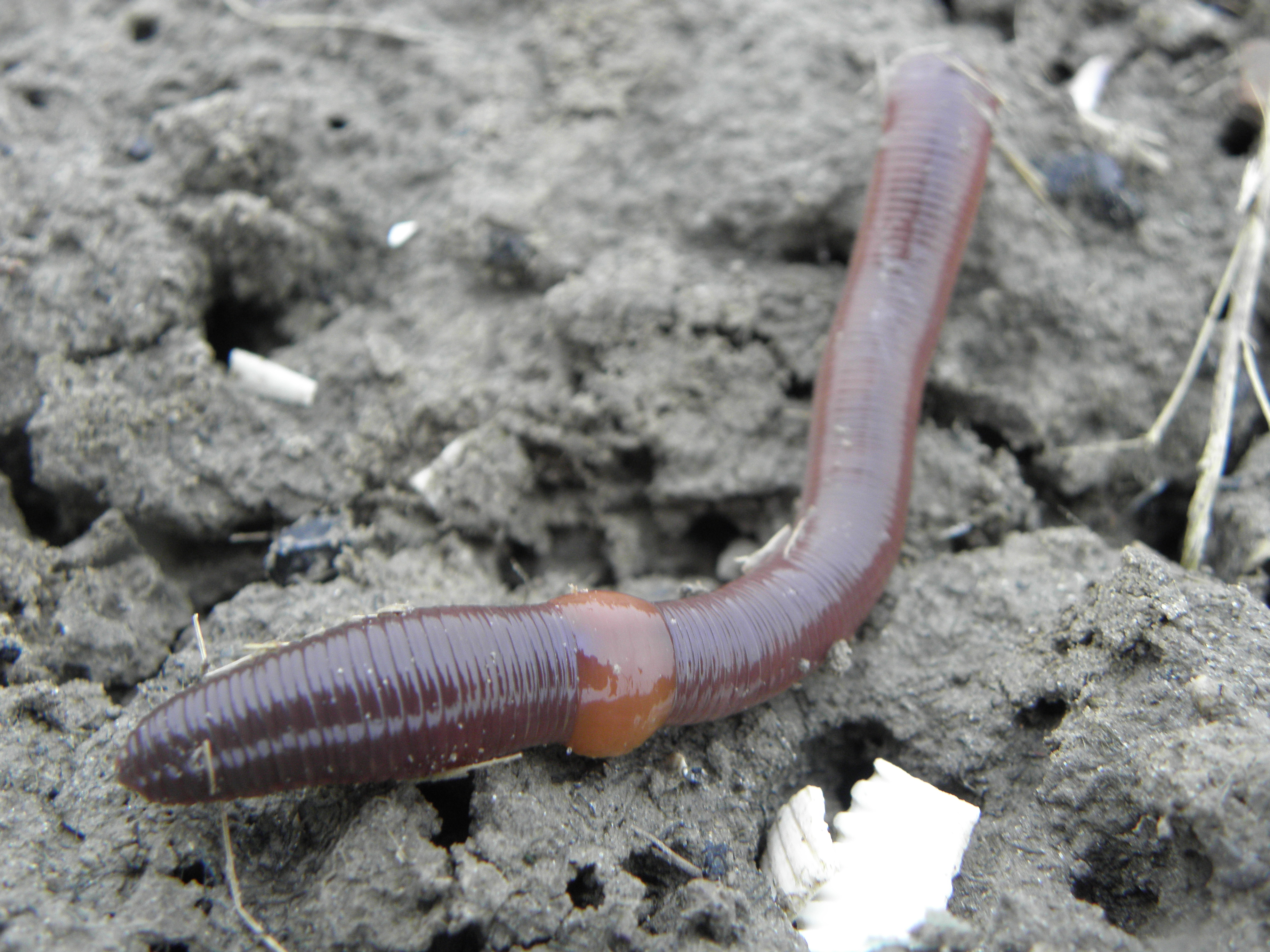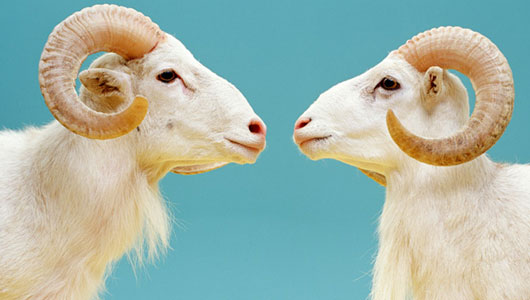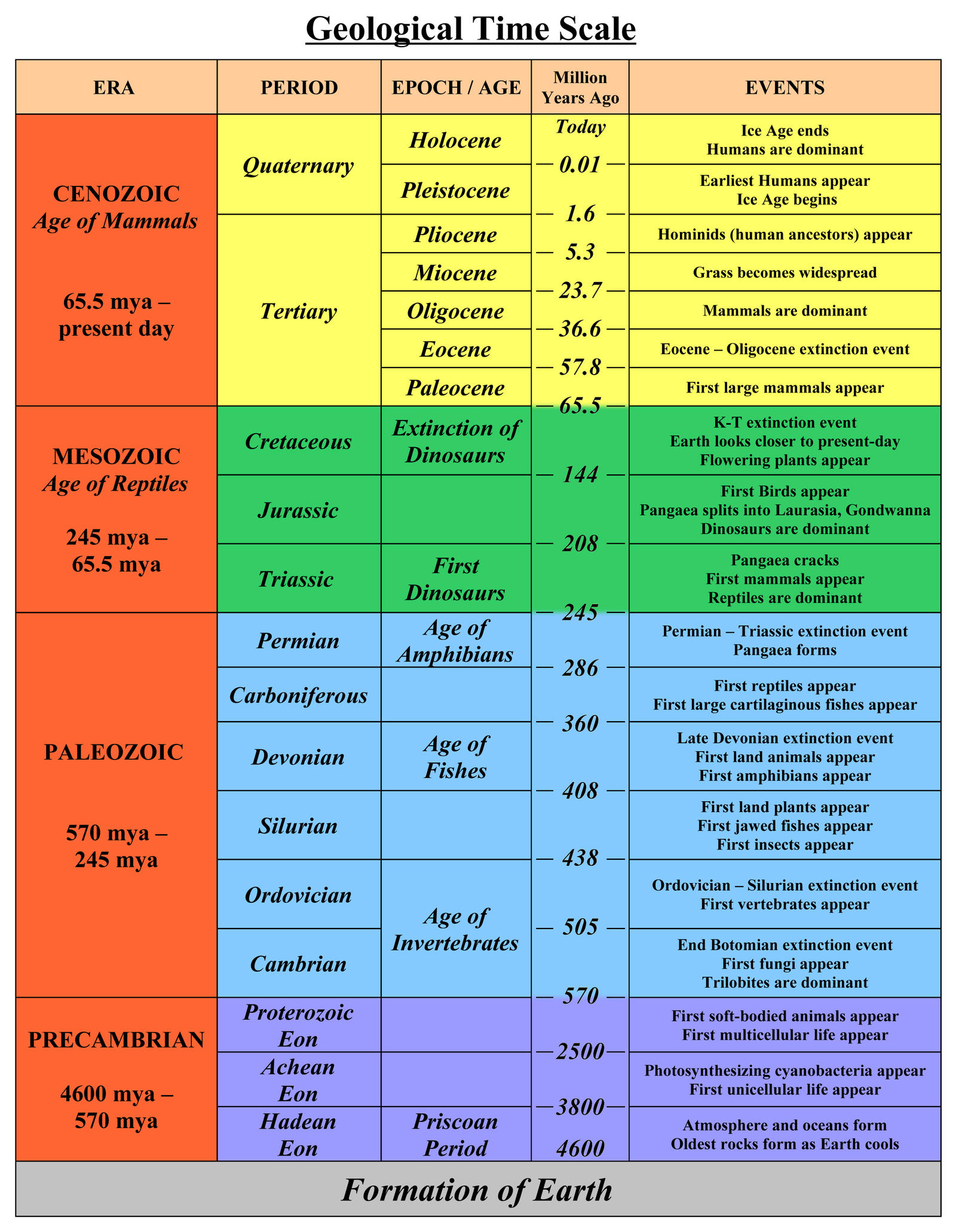Recently, my partner and I presented our TED Talk in class. In my opinion, we did a great job. From personal experience I have never been good at presenting things, and this, so far, was one of my best presentations yet. We tried to make our presentation funny to keep our viewers interested. We even have the YouTube video here.
Our presentation was about what aliens could potentially look like. We never found a definitive answer, but we got some general ideas. For example, the ability to absorb radiation.
Friday, May 20, 2016
Monday, May 9, 2016
20 Time Project
In this project, my partner and I challenged our self's by researching a topic we have never been thought or looked into to deeply bu we still found the topic quite interesting. We chose this topic because we like a challenge and like I said before, this is and interesting topic.
 |
| This is where I got it |
Our plan was to look at planets and make or put organisms on different planets at see what changes would make that organism survive. This did not go to well. We did not know what we were getting into and decided to change the direction of the project at the last minute. What I learned from this as that you should always plan for what you want ahead of time. If I had the choice to change my project I would not, because I had a lot of fun making this. So I will continue this challenge until the end.
Wednesday, May 4, 2016
Unit 9 Reflection
 |
| This where I got This |
 |
| You can find this picture here |
You can view my presentation here
Also, we learned how we are related to a common ancestor and how we evolve through mass extinctions. We watched a PBS series about our inner fish which is called My Inner Fish. This series showed an anatomist and his adventures of finding bones that link gapes in Phylogenetic trees. The Tiktaalik is one example of what he found and it was an animal that showed the transition between water to land.
Sunday, May 1, 2016
My Inner Fish
| Here is where i got this pic |
The first episode talked about the transition between water to land. This animal was named the Tiktaalic and had the body of a fish and a head that resembled an alligator.
Friday, April 15, 2016
Earthworm, an Annelida
The Earthworm is an Annelida and arguably one of the first organisms to have a complete digestive track surrounded in muscle. Another characteristic of the earthworm would be that its skin is segmented and can have up to 5 heart. But contrary to popular belief, the earthworm can not re-grow when is is cut in half. The Earthworm's scientific name is Lumbricina.
The earthworms fertilizes and spreads oxygen trough out the ground to help plants grow. But if the Earthworm is introduced to a forest of an ecosystem with fence environment of trees, the earth worm becomes a destructive force of nature. The earthworm's fertilization promotes small and invasive plants that create competition for the trees. This, in turn, destroys the trees. Some of these trees are homes to birds, ad when they are destroyed the birds do not have a home most likely causing them to die off.
Here is where i got my information
 |
| The picture belongs to this website |
Here is where i got my information
Wednesday, March 23, 2016
Unit 8 Review
In this unit the biggest thing or theme we have learned was evaluation. For example, we learned about gene frequency which is the change of the amount of alleles in a population. Any change of the allele frequency means evaluation has taken place.
Another big concept we learned was speciation. This is where one population is separated by geological means. That is one of many ways speciation can happen. The out come of speciation is potentially an entirely new animal all together that can not reproduce with its original animal.
One of the last things we did was that we made a geological time line of the earth. We learned the scale and what happened during the earths creation. If you want more information on this please check out my other blog post Here.
The only question I have for this unit is what did the first multicellular organism look like? I guess the scientist will find out eventually.
In unit 7 our class worked on being assertive and continued this to this unit in group projects. You can view a video about this here. In the geological timeline of Earth our class practiced on how to be assertive. In my group I felt like the leader and carried my own weight as well as I told other people what to do kindly.
 |
| Where this picture came from |
One of the last things we did was that we made a geological time line of the earth. We learned the scale and what happened during the earths creation. If you want more information on this please check out my other blog post Here.
The only question I have for this unit is what did the first multicellular organism look like? I guess the scientist will find out eventually.
Monday, March 21, 2016
Geological Time Line Individual Reflection
Recently in our class we have been working on a geological time line of the Earth's lifespan. And in this blog post I will tell you about the 3 most crucial events to take place on planet Earth (in my opinion).
First is the Cretaceous period or the period where the dinosaurs went extinct. I believe this is one of he most important periods in the history of earth. The extinction of the dinosaurs showed us humans that a very powerful spices can still be completely destroyed due to random chance or just plain luck.
Second is the Pleistocene age where the first human was believed to be created. This age shows that humans were once in the middle of the food chain and struggled for survival. And today we try and save other animals.
The last Period of importance is the Proterozoic Eon where the first multicellular shows up on the earth. With out this Eon life as we know it would never happen.
The scale of Earths time line is tremendous and humans only take up 200,000 years of the 4.6 billion years of earths time line and it is only growing. And we still manage to mess it all up in that short period of time. If we do not kill our self from climate change then something else will. It is only matter of time.
First is the Cretaceous period or the period where the dinosaurs went extinct. I believe this is one of he most important periods in the history of earth. The extinction of the dinosaurs showed us humans that a very powerful spices can still be completely destroyed due to random chance or just plain luck.
Second is the Pleistocene age where the first human was believed to be created. This age shows that humans were once in the middle of the food chain and struggled for survival. And today we try and save other animals.
The last Period of importance is the Proterozoic Eon where the first multicellular shows up on the earth. With out this Eon life as we know it would never happen.
The scale of Earths time line is tremendous and humans only take up 200,000 years of the 4.6 billion years of earths time line and it is only growing. And we still manage to mess it all up in that short period of time. If we do not kill our self from climate change then something else will. It is only matter of time.
Wednesday, March 16, 2016
Hunger Games Lab
In this lab we tried to simulate evaluation or change in allele frequency. The "knucklers" did by far the best. I believe they did the best because they had the highest chance to reproduce at a 50% success rate compared to the measly 25% for the other species. The population evolved drastically. "A" alleles consistently had a lower population than the animals with "a" alleles. This is known as a change in allele frequency shown in the graph below.
In this lab there were elements that were random and not so random. One example of this lab being random is when we simulate having sex by flipping a coin to determine or offspring's traits. One thing that was not random was the species ability to survive and pick up food. If the food was really big or so big that the knucklers can not manage to pick it up would effect the population of the knucklers. But if the food is smaller I do no think it would change the population in any way. The relationship between natural selection and evaluation is that in the end, the population evolves. Some people had pocket hoodies where a person would ware their hoodies backwards to have an easily accessible pocket to put their food in.
Evaluation weeds out the bad traits and gives opportunity to those that are able to survive and overcome the challenges of life. If it is just plan luck or strategizing on the best opportunity available to them. When evaluation takes place it evolves a population not one organism. This adds new alleles to the gene pool.
In this lab there were elements that were random and not so random. One example of this lab being random is when we simulate having sex by flipping a coin to determine or offspring's traits. One thing that was not random was the species ability to survive and pick up food. If the food was really big or so big that the knucklers can not manage to pick it up would effect the population of the knucklers. But if the food is smaller I do no think it would change the population in any way. The relationship between natural selection and evaluation is that in the end, the population evolves. Some people had pocket hoodies where a person would ware their hoodies backwards to have an easily accessible pocket to put their food in.
Evaluation weeds out the bad traits and gives opportunity to those that are able to survive and overcome the challenges of life. If it is just plan luck or strategizing on the best opportunity available to them. When evaluation takes place it evolves a population not one organism. This adds new alleles to the gene pool.
Friday, March 4, 2016
Bird Beak Conclusion
In this lab we asked the question, if natural selection occurs in a population, how do changes in selective pressures affect the evaluation of that species? We found that the beak with the most versatility and convenience for the current situation will survive the longest. In our case it was the "tweezers beak" that survived the longest. Please refer to the part one graph.
 |
| The "tweezers beak" is the second from the right |
In this part of the lab we experimented with different environmental situations that affected the survivability of our bird beak. Our environmental factor was that our ecosystem had a famine and instead of requiring 5 grains of food we needed 10 pieces of food to produce an offspring. Please refer to the graph.
Some possible errors would be that the food was not distributed evenly among us so other people had an unfair advantage over the other. To fix this problem we could maybe count the amount of food in a specific area to evenly distribute it. We did this lab to demonstrate the process of natural selection and evaluation. Based on my experience from this lab I am able clearly understand evaluation.
Friday, February 26, 2016
Unit 7 Reflection
This unit the main focus was ecology and conservation biology. We learned what happens in environments, how it happens and how it affects us humans as a spices. Another main part of this unit was about saving the environment and the problems we caused to the environment.
This unit I mainly wanted to learn how to save the environment and what we could do to help. One unanswered question I have is that how can I make a big difference to help the environment. And I wonder if i will make a big difference to the environment.
In this unit we took part in a project where our table groups make a presentation on an endangered environment like the Great Barrier Reef which is what my group did. And I learned, from that project, that many, many environments that we depend on are in tremendous danger due to human actions.
In our project we never had any trouble with getting people to do something or any anger management problems. We all collaborated well with each other and did everything well and on time. Some time ago, we took a personality teat on being assertive, passive, passive aggressive, or aggressive. The highest score I got was assertive. When it came to a conflict we would all listen to each others ideas and decided on which one would be the best.
 |
| https://en.wikipedia.org/wiki/Danube_Delta |
In this unit we took part in a project where our table groups make a presentation on an endangered environment like the Great Barrier Reef which is what my group did. And I learned, from that project, that many, many environments that we depend on are in tremendous danger due to human actions.
In our project we never had any trouble with getting people to do something or any anger management problems. We all collaborated well with each other and did everything well and on time. Some time ago, we took a personality teat on being assertive, passive, passive aggressive, or aggressive. The highest score I got was assertive. When it came to a conflict we would all listen to each others ideas and decided on which one would be the best.
Monday, February 22, 2016
What Could Aliens Look Like?
In my class I am doing a project called 20 Time. The goal of this project is to give students freedom to research what they are interested in. The "20" in 20 Time means that 20% of a class period is dedicated for that research.
For my project My partner and I asked the question, "what could aliens look like on other planets." We have chose to dedicate our time reassuring different planets that have similar elements of earth and decide what are the optimal physical characteristics these aliens could have. We chose this because we both have a deep fascination about extra tries rial life. Our goals are to find and explain a simple representation of the alien we have created. We will measure our progress through these blogger posts. Our plan is to find planets that have the potential to harbor life.
For my project My partner and I asked the question, "what could aliens look like on other planets." We have chose to dedicate our time reassuring different planets that have similar elements of earth and decide what are the optimal physical characteristics these aliens could have. We chose this because we both have a deep fascination about extra tries rial life. Our goals are to find and explain a simple representation of the alien we have created. We will measure our progress through these blogger posts. Our plan is to find planets that have the potential to harbor life.
Friday, January 22, 2016
Unit 6 Reflection
 |
| http://meatcommerce.com/news/eu-debates-farm-animal-cloning-ban-349912 |
In this unit the two major things we have learned are bio-ethics and biotech. The basics of bio-ethics is that sometimes some experiments in biology raises some questions or problems concerning morals. For example cloning. People may get angry at these concepts. But it is up to Bio-ethics to resolve these issues or problems to make every one happy. Or at least the majority. But I don't find this to be very interesting in my opinion.
 |
| https://pixabay.com/en/pipette-micro-chemistry-test-218135/ |
Next is Biotech where technology merges with biology. Biotech refers to tools like micro pipettes of microscopes that are used in labs for gel electroscopes.
Some of my strengths were mostly in biotech for I find those topics interesting and enjoyable. I was able to focus and have a great time learning about this topic.
my weakness, like I said before, is that I do not find this topic very interesting. I would find my self tuning out during lectures and not following along. I ended up on learning that much on Bio-ethics.
In this unit we did a couple of labs but by far my favorite on was on gel electroscopes. And we used the micro pipette! What I really want to know more about is Biotech and the history behind how it became what it is today. I wounder how people first came up with the idea of biology and how it revolutionized the world.
pGLO Lab
1.
Plate
|
Number of Colonies
|
Color of colonies under room light
|
Color of colonies under UV light
|
- pGLO LB
|
carpet
|
white
|
white
|
- pGLO LB/amp
|
0
|
white
|
white
|
+ pGLO LB/amp
|
150~
|
white
|
white
|
+ pGLO LB/amp/ara
|
70~
|
white
|
Green glowing (only 30 glowed)
|
2.
|
What two new traits do your transformed bacteria have?
| |
Resistance to ampicillin and the ability to glow under a UV light.
| ||
3.
|
Estimate how many bacteria were in the 100 uL of bacteria that you spread on each plate. Explain your logic.
| |
There must have been millions but only some bacteria were able to absorb the plasmid therefore killing the rest off.
| ||
4.
|
What is the role of arabinose in the plates?
| |
Arabinose is the sugar that produces the resistance to ampicillin.
| ||
5.
|
List and briefly explain three current uses for GFP (green fluorescent protein) in research or applied science.
| |
To tack the motion of other molecules
Used to study the Intracellular environment
Locating specific cells
| ||
http://www.livescience.com/16752-gfp-protein-fluorescent-nih-nigms.html
| ||
6.
|
Give an example of another application of genetic engineering.
| |
In medicine, genetic engineering has been used to mass-produce insulin, human growth hormones, follistim (for treating infertility), human albumin, monoclonal antibodies, antihemophilic factors, vaccines, and many other drugs.
Source: Boundless. “Applications of Genetic Engineering.” Boundless Microbiology. Boundless, 21 Jul. 2015. Retrieved 22 Jan. 2016 from https://www.boundless.com/microbiology/textbooks/boundless-microbiology-textbook/microbial-genetics-7/genetic-engineering-products-93/applications-of-genetic-engineering-498-6642/
Wednesday, January 20, 2016
Candy Electrophoresis Lab
Focus Questions
1.) No, all the dies
matched another base dye that we knew.
2.) All these
molecules look similar to the dyes and these molecules look like they
produce the same dies.
3.) Don't dogs see
in different shades of gray? But maybe these different shades of gray
appeal to the Dog or Cat.
4.) surprisingly, I
do not consume any dyes at all. }I looked at all the food I usually
eat and they all said no artificial dyes. Artificial dyes are added
to appeal to people and make food look good.
5.) The two factors
that control the distance of the colored dyes is the size of the
molecules and strength of the electricity.
6.) Electricity
moves the dyes through the gel.
7.) The heavy
molecules get left behind due to size and weight, and the small dyes
move ahead.
8.) The weight of
the DNA heavily affects of the distance traveled.
Wednesday, January 13, 2016
Recombinat DNA
The first step to make recombinant DNA is to find restriction enzymes which are enzymes that reconizes a short specific nucleotide sequence in DNA molecules. These enzymes cut those parts so then those sections of DNA are now know as "sticky ends." To make use of recombinat DNA is that it is suppose to replicate and function with the cell. One of the best known ways is to use a plasmid. plasmids are small circular pieces of DNA found in bacteria. The bacteria will reproduce normally but with the DNA you have inserted.
In our experiment we used tetracycline. We chose this because it would kill all the other bacteria except the bacteria with our plasmids. If we used an enzyme that cut the plasmid in two places, then the plasmid would not bind or connect properly with the DNA. This process is important to every day life because with this process you can cure many deceases. We might be able to use this process to change \peoples body parts or increase a specific trait.
In our experiment we used tetracycline. We chose this because it would kill all the other bacteria except the bacteria with our plasmids. If we used an enzyme that cut the plasmid in two places, then the plasmid would not bind or connect properly with the DNA. This process is important to every day life because with this process you can cure many deceases. We might be able to use this process to change \peoples body parts or increase a specific trait.
Subscribe to:
Comments (Atom)




